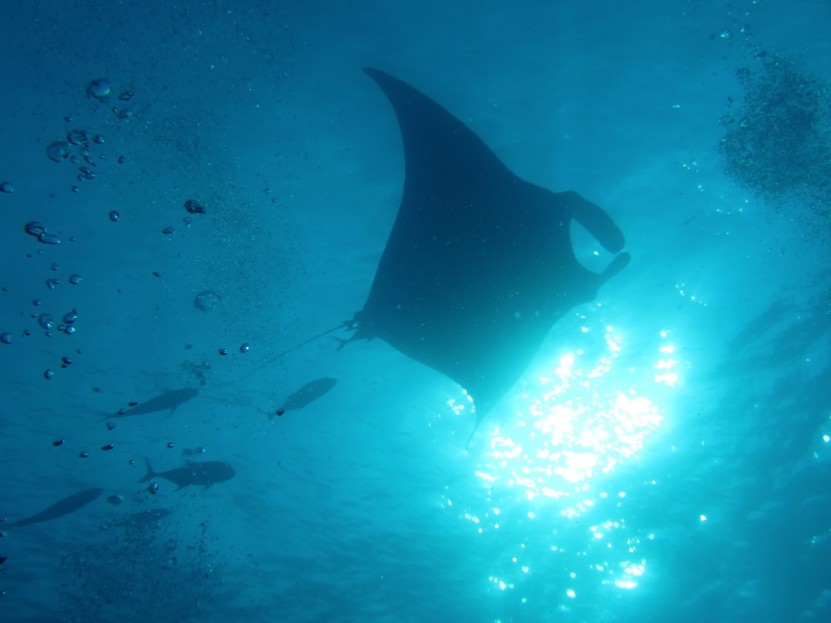Magical Manta Rays

During low season we are writing a series of blogs about international & national marine conservation also supported by our local Ocean Action Project research. Last time we looked at wonderful whale sharks; this time we discuss magical manta rays.
Manta Rays feature on many divers' lists of must sees. Like whale sharks, the Giant Manta Rays that we see on Thailand's North Andaman Coast are ocean wanderers, not resident reef dwellers. They are visitors to locations such as Richelieu Rock, Surin Islands, Koh Tachai & Koh Bon. This makes chance encounters even more special.
Sadly manta rays have become prime targets by the fishing industry. They are slaughtered for their gill rakers which the mantas use to strain plankton whilst filter feeding. Whilst gill rakers are marketed as being able to cure a wide range of ailments from chickenpox to cancer, they are not a legitimate component of mainstream Traditional Chinese Medical and have no genuine medicinal effect.
Shockingly, through direct take & by-catch in some regions manta ray populations have declined by up to 80% over the past 75 years. Globally a 30% decline is suspected. This level of over-fishing is unsustainable. With a long gestation period, only 1 pup per litter and 2-3 years between pregnancies, manta populations cannot regenerate quickly enough in face of such pressure.
Both species of Manta Rays (Manta birostris & Manta alfredi) were added to CITES Appendix II in 2013 restricting international trade. Both species are also listed as "vulnerable" on IUCN's red list. The Giant Manta Ray (Manta birostris) has also been protected under Appendix I and II of Convention of Migratory Species since 2011.
However to help protect Manta Rays from threat of extinction, further research is required to learn more about their migration patters including where they go to reproduce & give birth. Similar to whale sharks, individual Manta Rays can be identified by their unique patterns. Photos of the markings on their bellies are required for scientists to analyse & compare to others held on their databases. Two of the main conservation organisations conducting Manta Ray photo identification are:
1. Marine Megafauna Foundation, led by Dr Andrea Marshall based in Mozambique
2. Manta Trust, a UK charity founded by Guy Stevens based in Maldives
We encourage all divers to submit photos & data on Manta Ray sightings to www.mantamatcher.org
Another national research venture monitoring the volume of manta ray sightings in Thailand is Shark Guardian's eShark project. Like Blue Guru, Shark Guardian are an official Ocean Action Project supported by Project AWARE. So if you dive in Thailand, either regularly or just on holiday, please participate in Shark Guardian's eShark project by submitting data on ALL your dives, whether you see a manta ray or not. Data about no sightings is just as important as data of actual sightings to help build an accurate picture of manta ray populations in Thailand.
If you are interested in learning more about Manta Ray biology, the threats they face, conservation work you can support & how to passively interact with them, then consider completing the PADI Manta Ray Awareness specialty course.
We look forward to getting back in the water in November to support ongoing Manta Ray research. Wishing you many magical manta meetings too!



